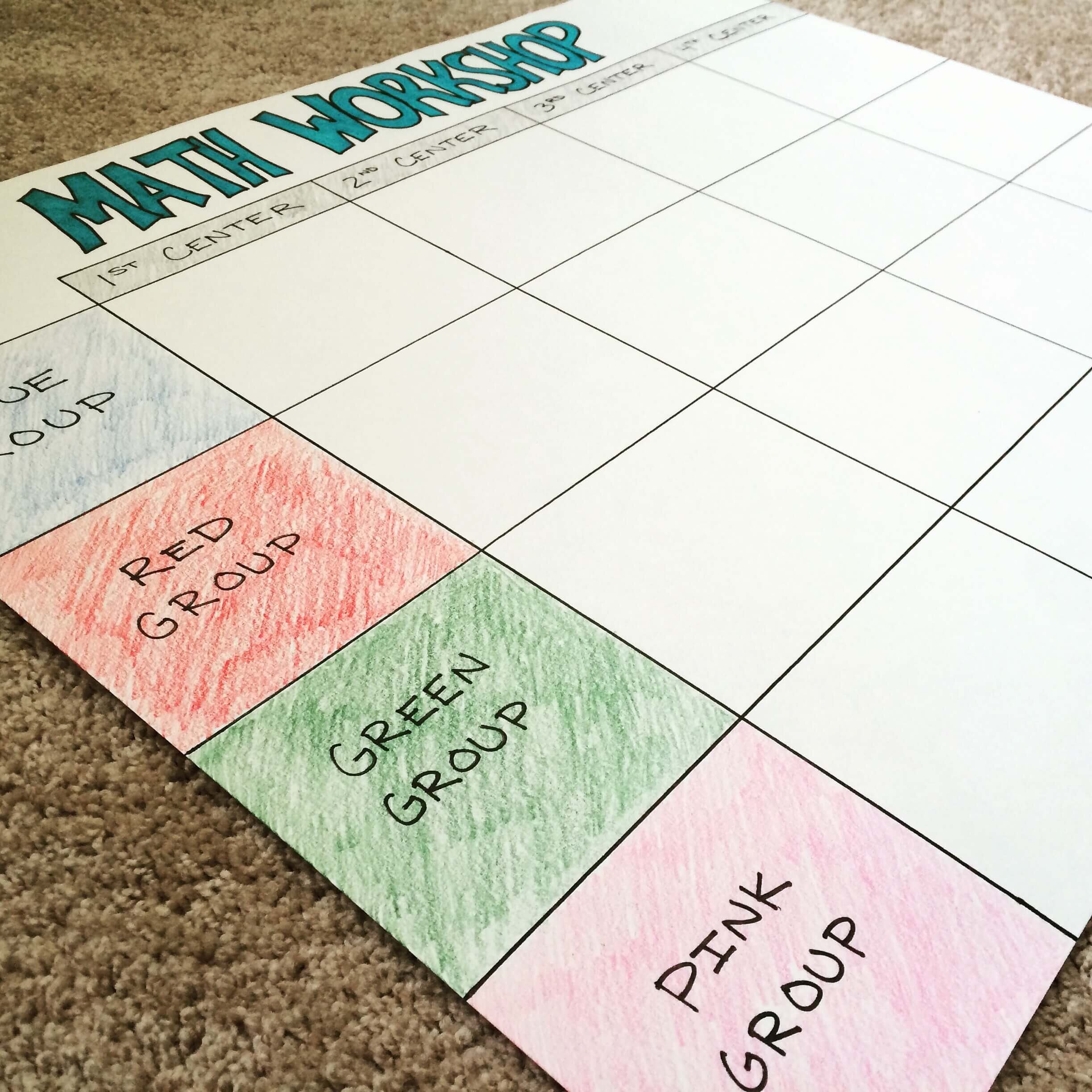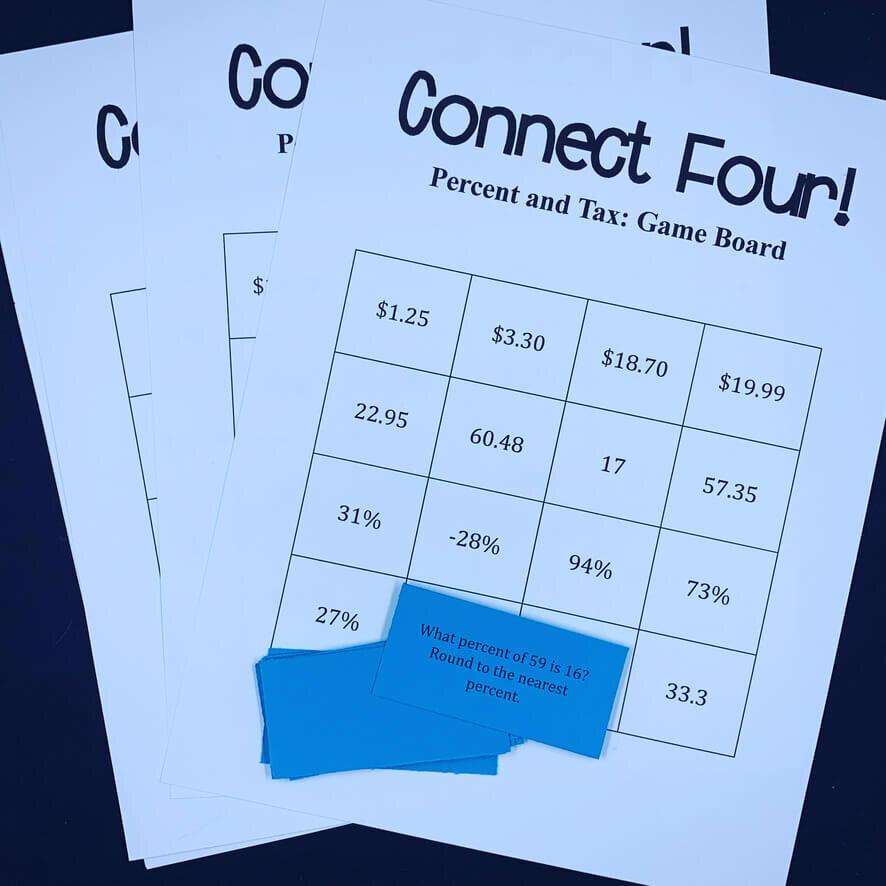3 Ideas for Making Math Workshop Work During the Pandemic
With the uncertainty of the upcoming school year, those of you looking to either start or continue using math workshop may face several obstacles. How many students will you have? Can students interact in small groups? Will work be submitted digitally or physically?
Of course, everyone’s situation will be unique. Depending on what your classroom situation looks like, these ideas can help make math workshop a possibility this year. This post focuses on changes to math workshop due the restrictions the pandemic might bring. For a rundown on how I normally structure workshop in the classroom, you can read more here.
1. Changes to the Teacher Center
Depending on limits your school might have in place as far as physical proximity goes, some changes might have to be made to the teacher center. Typically, I had always worked in a small group at my front table with 5-7 students in this group. Students were working on different printed task cards. I think this could be easily adjusted to have students work at their seats or spaced out at a couple of tables in the same area.
Another thing to consider, is whether to have students using physical task cards or digital task cards. If you have the technology available, it may be an option to have students work on these task cards digitally at the teacher center. I currently have both physical and digital versions of task cards available for 6th, 7th, and 8th grade (both regular task cards and enrichment task cards). You find free samples and browse all of these in my TpT store.
2. Changes to Where Students Are Located
In addition to possibly changing where your Teacher Center is located, you may need to have students complete more of their math workshop rotations at their desks or at specific spots in the room. A lot of times, I had my Homework Center and Technology Center students working at their desk anyways. The Hands-on Center, which typically was working in small groups in a specific area of the room, would likely need to be changed. The simplest solution would be to have this group also work at their seats. Not ideal, since it takes out some of the natural movement breaks that math workshop offers, but this would be an effective way to limit student interaction in close proximity.
Depending on class size, you could maybe give each individual student in your class a second spot to work for a specific center. However, this would probably only work if you have very small class sizes or end up in a situation where only some of your students are attending each day in the fall.
3. Changes to the Hand-on Center
Once of the biggest obstacles to making math workshop work, while also possibly needing to limit small group interactions, is the Hands-on Center. In addition to where they students work, as described above, the activities you pick for this center will possibly need to change. The likeliest change I could see needing to be made is a shift from small group activities like hands-on math games to either independent activities or digital activities.
Depending on the activity, some small group games could be completed individually. For example these Connect Four games, where students typically play in small groups, could be adapted so that students are trying to connect four in a row on their own. Another option is to have students each get their own game board and some cards, making it a race to connect four.
*Updates: All of the Connect Four games above now include a digital Google slides math game as well!
Digital games like the Product Game, one of my all time favorites, have options to be played against the computer. I have also spent a lot of time creating digital options for all of my math board games.
The uncertainty of what the fall might look like in the classroom makes it extremely difficult to plan, as you all know. For those of you planning to implement math workshop, I’d love to hear your ideas and current plans. As more becomes clear for this fall, I plan to update this post with more options and ideas.



